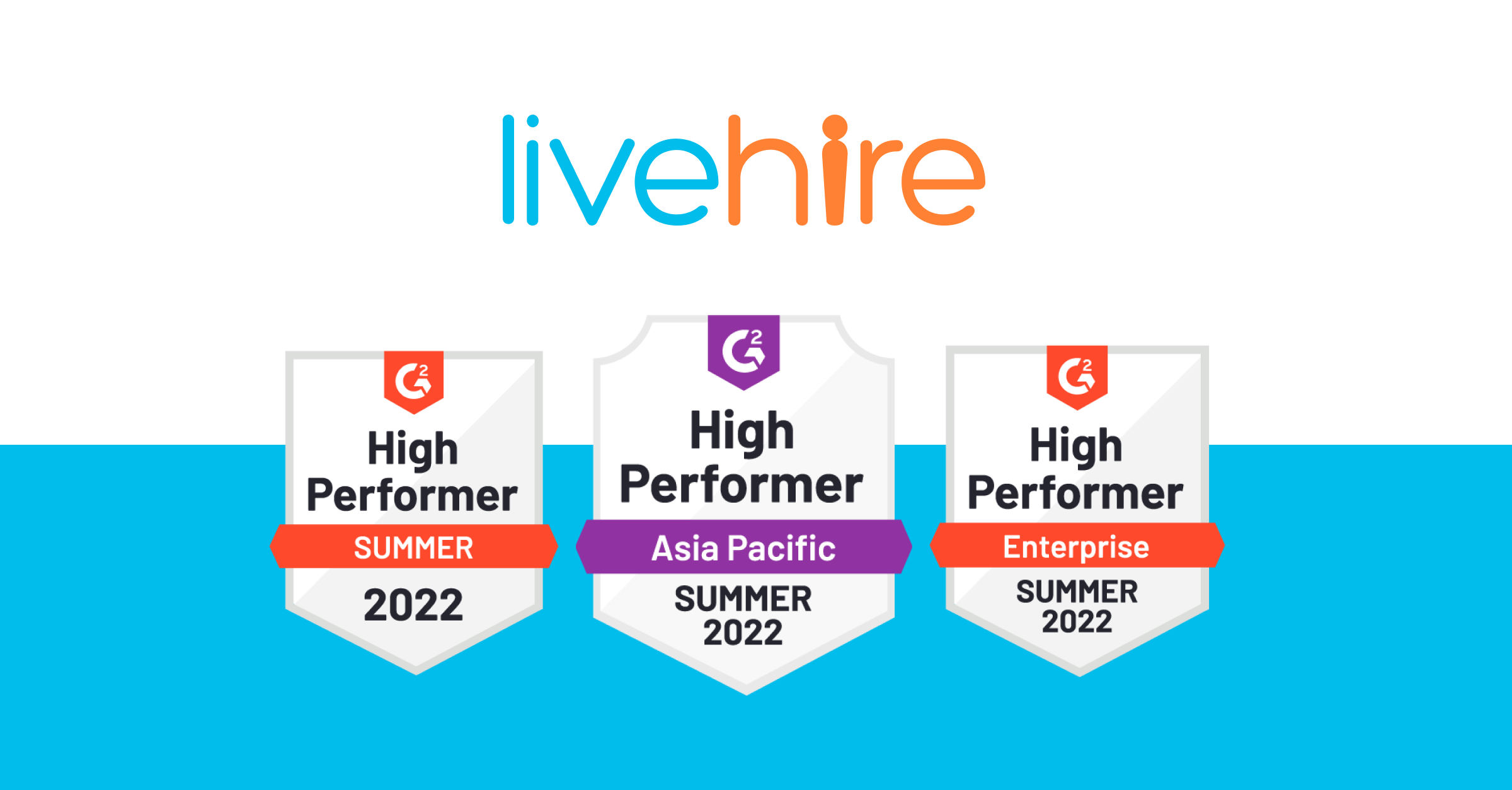
Do you know what your employees have to say about your business behind your back? What about your former employees and potential new hires – how do they talk about you as an employer? Did you know this contributes to your employer brand?
Employer Branding is the combination of:
- How you market your company as an attractive place to work (awareness, attraction and candidate experience)
- What employees think about their experience in working for your organisation (reputation)
- What’s true (reality)
A positive employer brand is a secret weapon. It turns you into a talent magnet, slashing recruitment costs and time-to-hire, boosting retention rates, and generally making your business a force to be reckoned with.
A neutral or negative employer brand, on the other hand, isn’t doing you any favours.
Attracting talent with your brand is more important than ever
Unemployment in Australia is at its lowest since 1974 and LiveHire data shows job applications are down significantly this year alone. The talent market is shifting and businesses need to be at the forefront of attracting talent to their organisation.
Post-COVID, people increasingly want jobs that provide a sense of personal value and purpose. In this climate, wooing talent requires a well-considered, multi-layered strategy. One that starts with your employer brand.
How word gets around
Your past and present employees, as well as candidates at every stage of the hiring process, are the unofficial champions of your employer brand.
For better or worse, each of these groups are potentially spreading the word via:
- Social media posts
- Job review sites
- Testimonials
- Direct network referrals
- Everyday comments and conversations
Find out what you’re working with
We believe the three steps to strengthening your employer brand are: Review, Activate, and Measure.
1. Review: Your employer brand benchmark
First, you need to review the current state of your employer brand by conducting both internal (in-house) and external (in-market) research.
Internal data can be collected by reviewing recruitment analytics, such as candidate response rates and times. External data comes from things like focus groups, employee surveys and exit interviews.
You could also do some social media searches and read what people have written about you on job review sites.
It’s worth knowing what’s out there, since your candidates almost definitely do. A 2019 survey by Glassdoor found that 86% of job seekers research company reviews and ratings when deciding where to apply for a job.
Doing all of this will give you a solid foundation for the “activate” and “measure” phase of your journey.
2. Activate: A checklist for strengthening your employer brand
There are several moves you can make to strengthen your employer brand at this stage. Here are a few ideas to get the ball rolling:
- Define your EVP. Your employer brand not only includes the market’s perception of you as an employer, but also your promise of what you can offer employees. This is your employer value proposition (EVP). It’s not about compensation, because any old business can offer that. It’s the unique combination of extra incentives that make your company such a great place to work. (Think of fulfilment through community work, quality of co-workers, opportunities for travel and/or professional development.)
Showcase these promises across all channels to ensure the message is seen by everyone. A great place to add these details are to your job listings in the form of messages and videos to attract the best talent. - Have a marketing mindset. Sales people and designers seek very different things from a role, so be sure to adjust your EVPs accordingly. Always ask yourself: “who are we talking to and what do they want?”
A tool like LiveHire can help you use a branded multi-channel approach to provide unique messaging and imagery to attract the right talent from all different areas of your business into a single Talent Community. - Keep repeating key words and phrases that you want to become your culture and employer brand – e.g. “fun”, “friendly”, “supportive”. Use these in HR or recruiting meetings, on your careers page, in social media posts, and so on.
- Help your employees shine. Send friendly email reminders to encourage your employees to keep their professional pages, like LinkedIn, up to date, and provide suggestions, no-fuss links and tutorials to help them grab attention. This is a win-win because your employees maximise their employability while making the company look good.
- Treat candidates like customers. Your reputation as an employer is on the line from the minute someone reads a job posting. Use an applicant tracking system (ATS) to streamline the hiring process, automate key steps, and give every candidate a great experience.
Even unsuccessful candidates should be given an award-winning experience. LiveHire’s software is set up to prompt hiring managers and recruiters to respond to every single candidate that applies for a job. No more ghosting candidates just because they didn’t make the cut. - Get your employees to spread the word. Ask (ideally happy and highly engaged) employees to write honest reviews of your company on job listing sites, and to post company news and updates on their social media channels. Encourage them to share job opportunities among their personal networks, too – maybe by offering incentives.
- Turn customers into candidates by using your own social media channels to show off the perks of working for your organisation and post about job openings.
- List job openings on your website. It sounds simple, but not enough companies do this! You could also set up a talent community, where people can express an interest in working for your company before a job even becomes available.
As you work through these ideas, don’t forget the last step: measure – and keep measuring – your impact across every channel. Metrics can be tracked across both the candidate and employee lifecycle.
3. Measure: Candidate Metrics to measure your employer brand
Candidates can have an impact on your employer brand the second they apply for a job or connect with your company for potential future roles. You need to ensure their experience is as good as those for your employees. Your Applicant Tracking System should provide you with analytics to track their engagement, experience, and the quality of candidates from sources to understand where you may need to invest more time in your employer brand. LiveHire allows you to track metrics across these three areas.
Candidate engagement metrics
- Candidate response rates
- Candidate response times
- Career site visits and conversions
Candidate experience metrics
- Net Promoter Score (NPS)
- Offer acceptance rate
- Openness to Talent Pooling
Candidate Quality
- Candidate funnel ratios
- Retention rates
Armed with the knowledge of what is and isn’t working, you can continue tweaking your approach and strengthening your employer brand. Until it becomes your secret weapon.
Interested in learning more? Download our Employer Branding Playbook.




